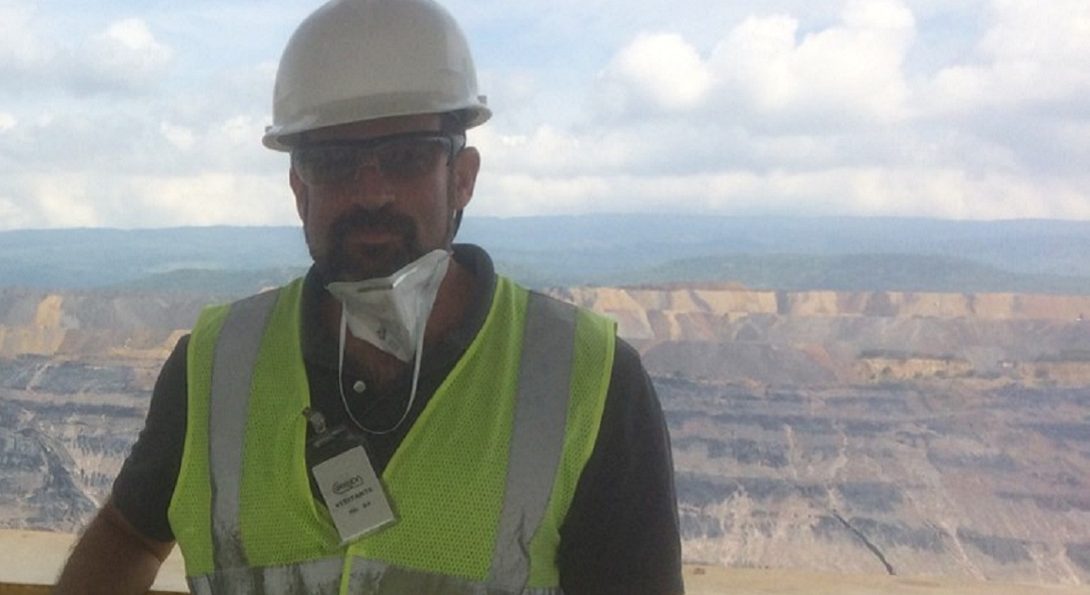Alpha Foundation 3

Alpha Foundation for the Improvement of Mine Safety and Health, Inc.
Project III – Characteristics of Dust and Risk Factors Associated with the Development of Rapidly Progressive Pneumoconiosis and Progressive Massive Fibrosis
Since the mid-1990s, research studies and surveillance reports have documented a significant increase in coal workers’ pneumoconiosis (CWP), including the most severe forms of progressive massive fibrosis (PMF) and rapidly progressive pneumoconiosis (RPP), in US coal miners. The objective of this study is to identify critical factors associated with the development of these diseases by linking mine dust exposure characteristics, clinical findings, pathologic responses, and lung dust characteristics. This project is currently underway and has three components:
1) characterization of occupational exposures, medical history, lung physiology, and chest imaging findings for miners with RPP and PMF;
2) determination of dust burden and biologic response features in lung tissues from miners with RPP and PMF; and
3) characterization of respirable dust exposures for contemporary mining tasks, methods, and mine environments that are similar to those reported by miners with RPP and PMF.
Initial findings:
- Using data from the National Coal Workers’ Autopsy Study (NCWAS), we observed a significant increase in the proportion of silicotic PMF, compared to mixed of coal-predominant forms, starting in the 1990s.
- Lung tissue examined using scanning electron microscopy with energy dispersive x-ray spectroscopy (SEM-EDS), indicates that there is a significantly higher concentration of silica particles in modern cases of PMF compared to historical PMF cases in the NCWAS program.